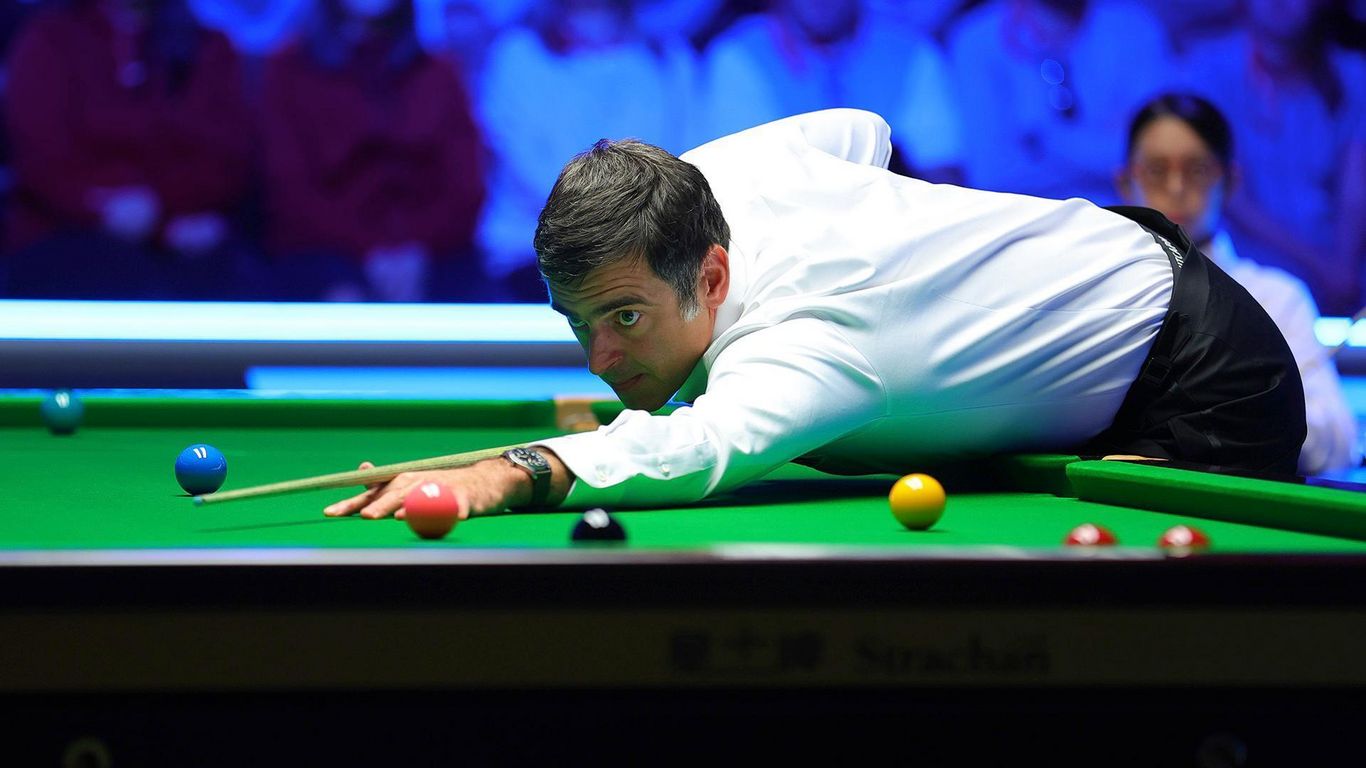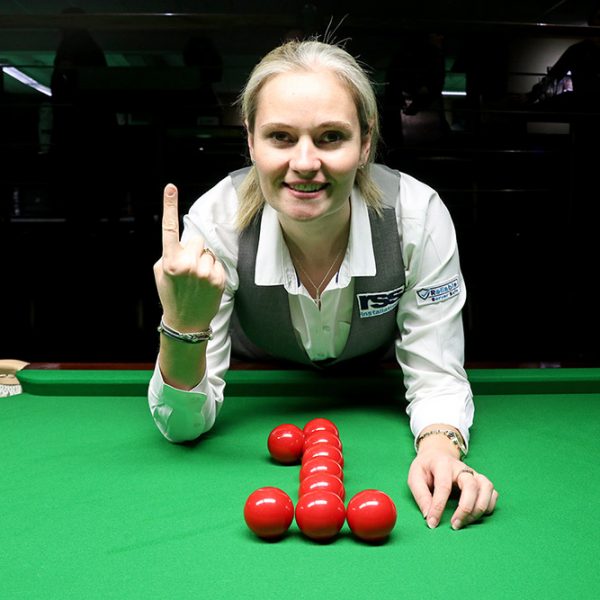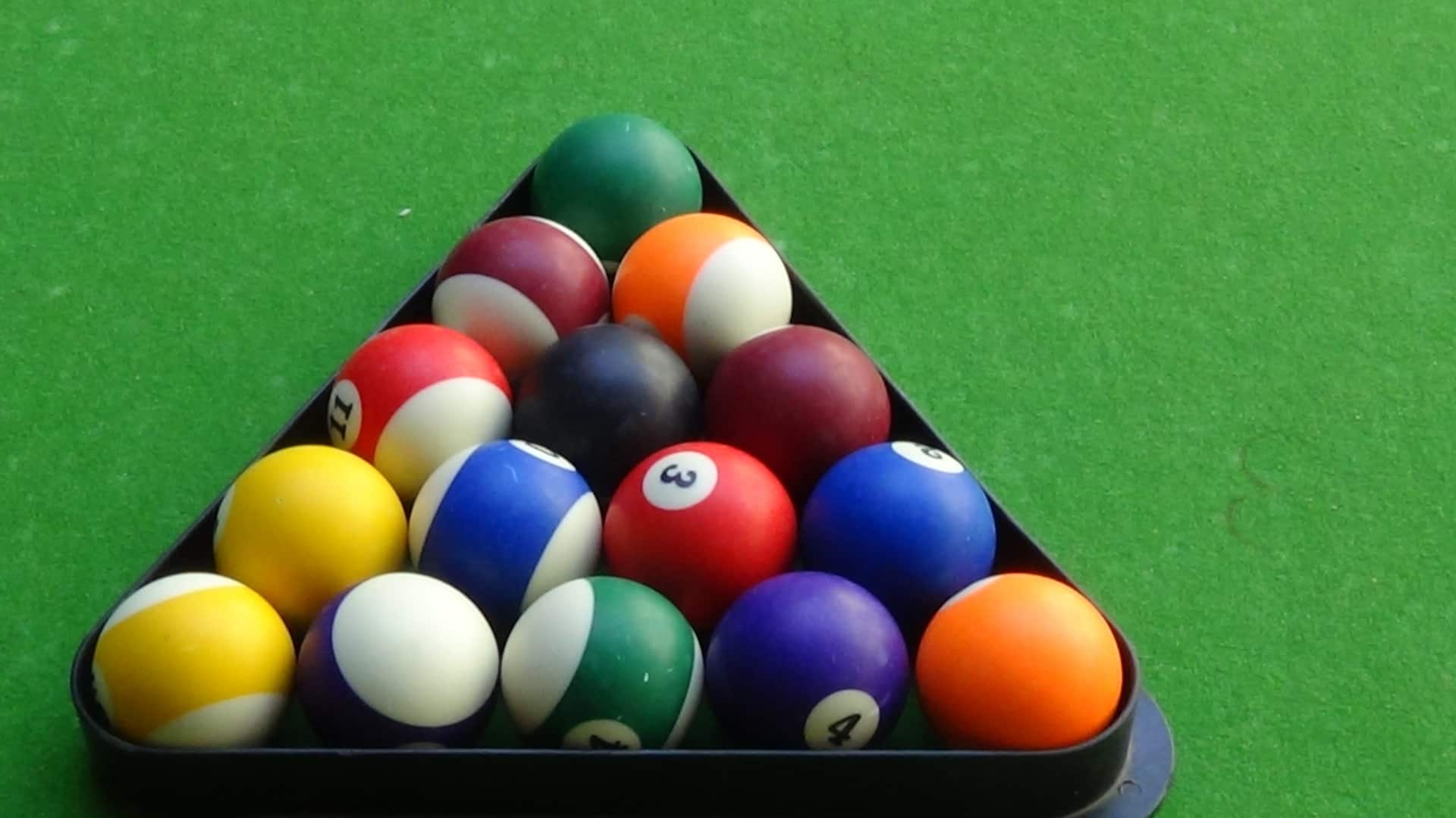
Billiards is a skill-based game. Players must hit the cue ball at a specific angle. This allows the cue ball to travel at a certain speed and gives it a spin. However, a lot of players shoot their shots haphazardly without any regard for the angle. For beginners, it's worth taking some time to understand the different positions you have to hit the cue ball. This will help you to know where to aim your shot.
Understanding the various angles that you have to aim for is the first and most important step in getting a grip on the game. Taking the time to practice the different options and how they affect your play can save you from making some costly mistakes. Learning the different angles of each shot can give you confidence and help you make better shots in future.

A notepad and a pen are the best tools to help you determine your angles. Consider how the impact of each hit on the cue ball will affect the rest. Each shot should be planned out in advance. For example, if you want to draw back the cue ball, you will need to hit it just above its center, which is the best place to hit it. It won't do any good if it doesn't get followed through.
Another way to get a good feel for the cue ball is to play a few games. Online pool is another option. The web version allows you to place the cueball and tap the left mouse button. Once you have mastered the basics, you can start playing real pool.
Finding the ideal cue ball angle can be difficult. Although it takes some trial and error, it is possible. Be patient and take your time when hitting the ball. Also, be sure to follow through with your shot. Without these things, your chances for a successful shot will be slim.
Consider these other things when you are choosing where to hit the cueball. There is no magic number. The best areas to aim at are those that allow the least interference from other people. You will also need to speak the right English to achieve the best results.

A tangent line refers to a line the cue ball follows after impact. The cue ball's center should be the tangent line. It should run parallel to the cue ball's direction. A tangent line is especially useful if the cueball is moving. You can also use the speed of your ball to determine the direction of your tangent line.